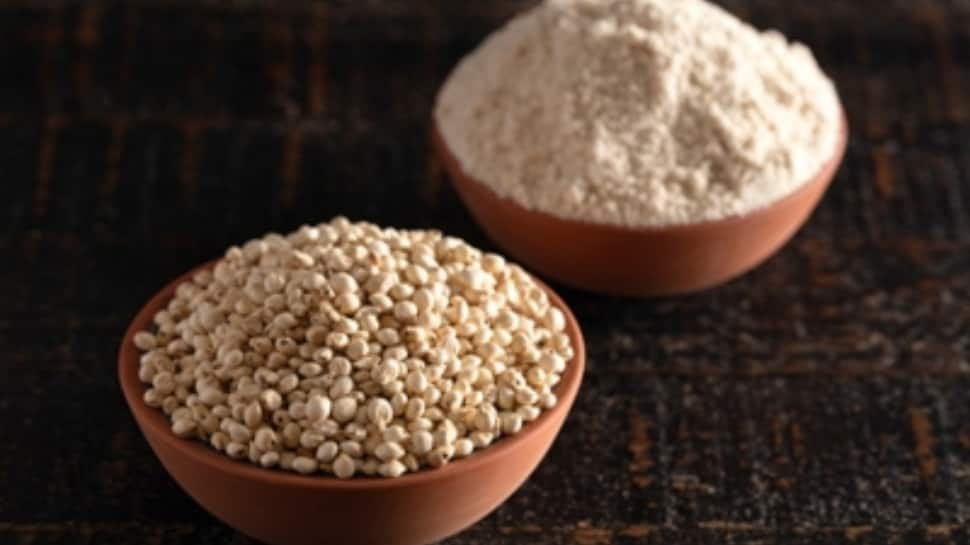According to researchers, sorghum bran, commonly known as jowar in India, has much higher levels of certain essential amino acids and minerals essential for human health and development compared to whole grain or dehulled sorghum flour. It happens.
The study, led by a team from the University of Johannesburg in South Africa, showed that both white and brown varieties of sorghum bran had much higher amounts of calcium, magnesium, leucine and valine than whole grain flour.
Brown sorghum bran contains high levels of the essential acid leucine (1.60 g/100 g) needed for muscle repair and building.
Valine – important for muscle tissue and repair as well as growth hormone production, found in high amounts up to 0.80 g/100 g in brown sorghum bran.
Brown sorghum bran contains calcium (1020.91 mg/100 g) and magnesium (292.25 mg/100 g) minerals that can aid bone growth and development, while white sorghum bran contains 995.17 mg/100 g calcium and magnesium. Contains 226.02 mg/100 grams of magnesium.
“Lack of nutrients in sorghum bran has become a matter of nutritional concern. Bran removal, or reduction in bran particle size due to milling or intentional dehulling, affects nutritional quality,” said Dr. Janet Adebo, a researcher, and Dr. Kesa, director of the Food Development Research Laboratory (FERL) of the School of Tourism and Hospitality. he said. in the University.
“There is strong scientific evidence linking regular consumption of whole grain grain foods to long-term health benefits. Studies mostly link it to the bran component included as part of whole grains,” she said.
In the study published in the journal Helion, researchers analyzed the crude fiber in bran samples and found that they were much higher than other parts of the whole grain.
The study found that compared to whole grains, white sorghum bran had 278.4 percent more crude fiber, and brown sorghum bran had 203 percent more crude fiber.
Additionally, the team said the relatively high levels of fat in bran could potentially open up a market for sorghum bran oil – a ‘plant’-based oil.
Compared to whole grains, white sorghum bran had 120.7 percent more crude fat, and brown sorghum bran flour had 81.3 percent more crude fat.
Dr. Hema Kesa of the university said, in general, dietary choices need to be changed according to locally available food sources.
In addition to macronutrients, jowar contains resistant starch, which aids digestion. Unlike wheat, barley and rye, it is naturally gluten-free, making it a safe and suitable grain for people with celiac disease or non-celiac gluten sensitivity. It has a relatively low glycemic index (GI), which helps control blood sugar levels, especially important for people with diabetes, Kesa said.
Importantly, being a versatile and climate resilient crop, it can also provide a source of nutrition during disaster relief efforts, Kesa said.
“The use of sorghum in such emergency responses to disasters can generate livelihoods, improve nutrition and promote sustainable agriculture,” he said.
